The MSI HQ Tour: Design 101
by Ian Cutress on July 7, 2015 8:00 AM EST- Posted in
- Motherboards
- MSI
- Trade Shows
- Notebooks
- HQ
- Tour
- Computex 2015
As with the other manufacturers we have visited, a substantial amount of internal testing has to be performed in order to satisfy regulations in the countries that sell the products but also when we’re discussing compatibility. The motherboard side of this is the most stringent, as users can plug any number of devices in but if the implementation is not correct then sometimes workarounds or extra code has to be added to compensate.
Thus as expected we get a bulk testing room like this, filled with racks of motherboards stress testing DRAM, graphics cards, SSDs and others. Obviously each motherboard design and revision needs to pass the tests here.
MSI’s focus on military class certification is a cornerstone of the brand. The official certification requires tests being performed offsite, but internally MSI has to ensure that its products will pass those tests. As a result, we get heat and cold testing facilities here, processing through a range of temperatures.
A lot of the facilities I was shown around involve extensive RF testing, both in terms of audible noise and adhering to individual standards. Previously in other HQ Tours I tend to be shown one room (specifically the semi-anechoic chamber which is really fun to be in), but here we had a combination of those as well as various microwave/other-RF facilities due to MSI’s extensive wireless portfolio of products.
Again, this stems from MSI’s Military Class angle of marketing, and as such each design has to be tested before it moves off to be verified. Each one of these rooms can easily cost around 6-figures, including the construction of the room and the specific equipment needed:
I should note here that MSI did not show me around any of the drop-test or vibration facilities which I’ve seen in other places. In fact, these testing rooms above were located either above the fourth floor or down in the basement, whereas in two other HQ Tours they have all been in the basement.
Perhaps something new that I hadn’t seen before is spark testing.
As it was explained to me, this device can generate a 12 kV differential and they use it to check that components on the product are adequately shielded from intense sparking.


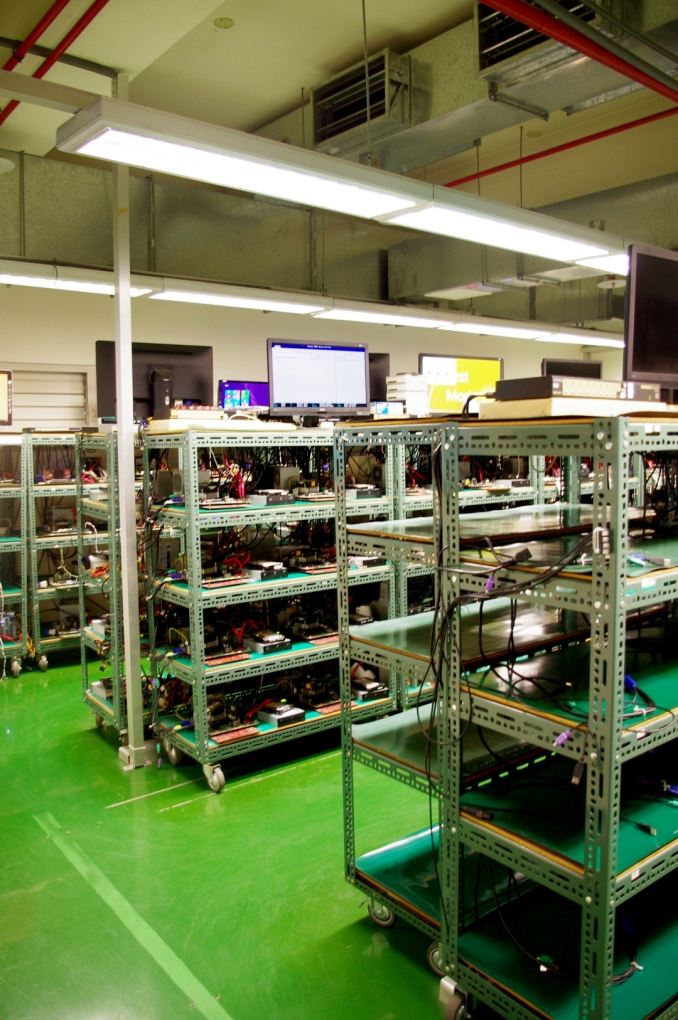
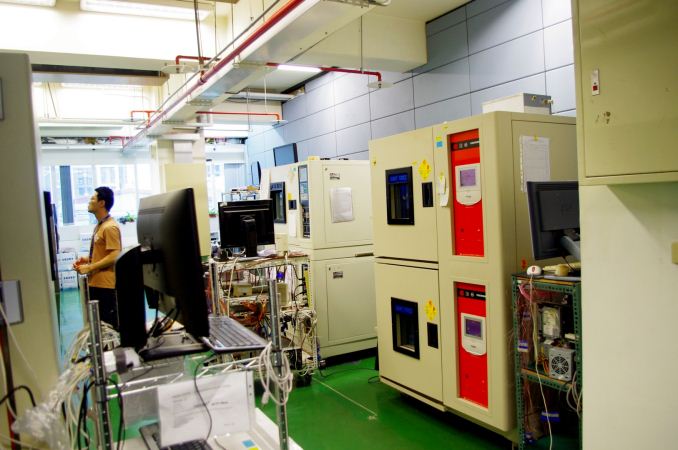
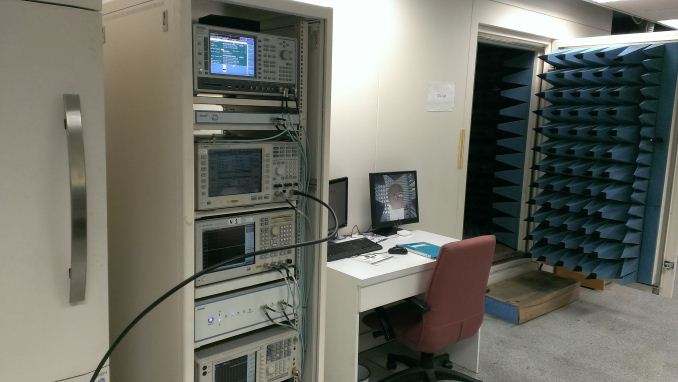
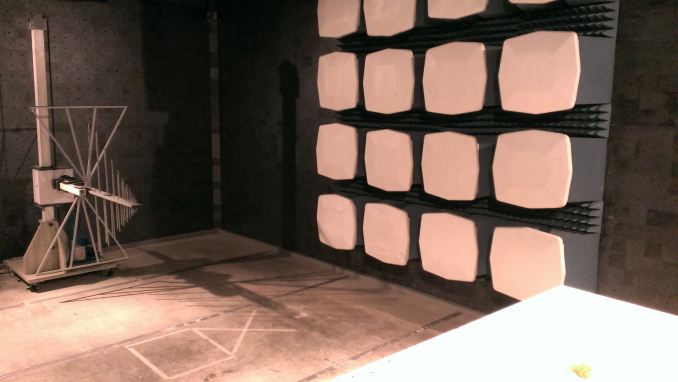
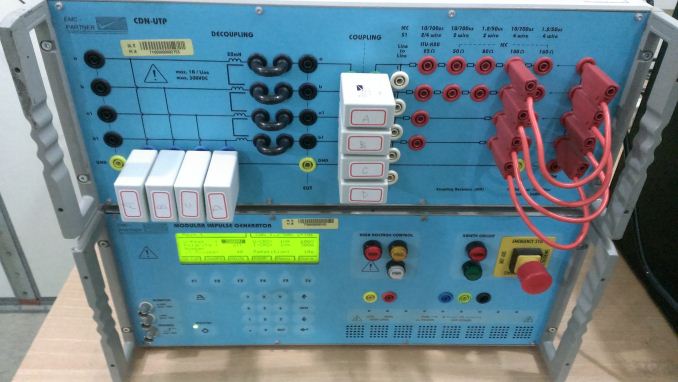

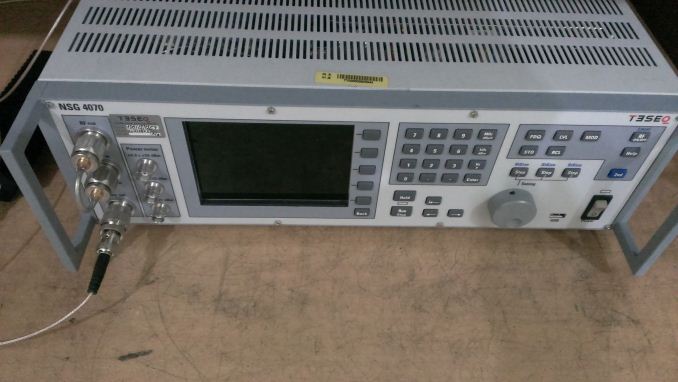
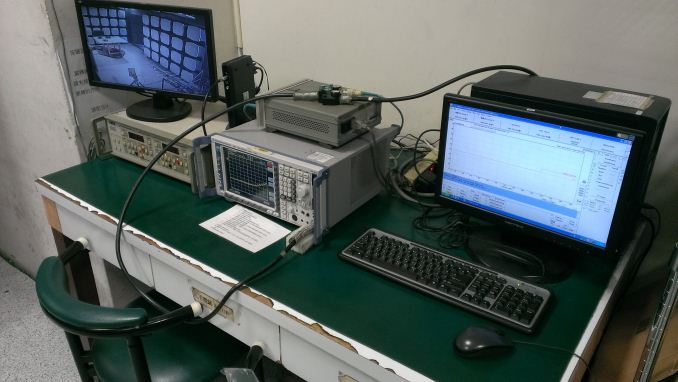
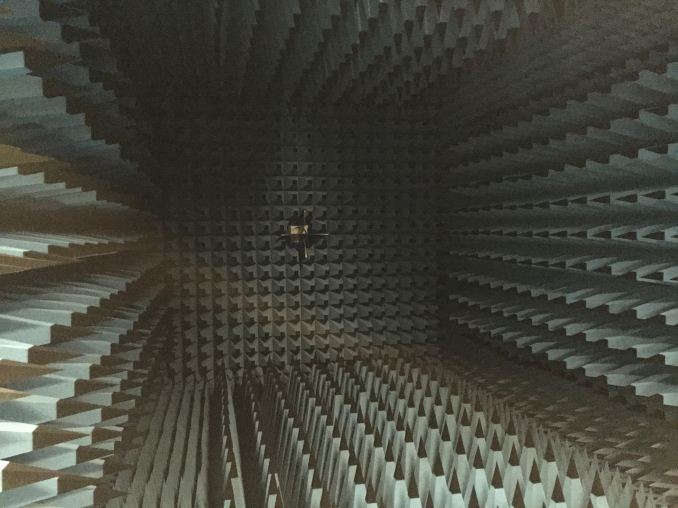
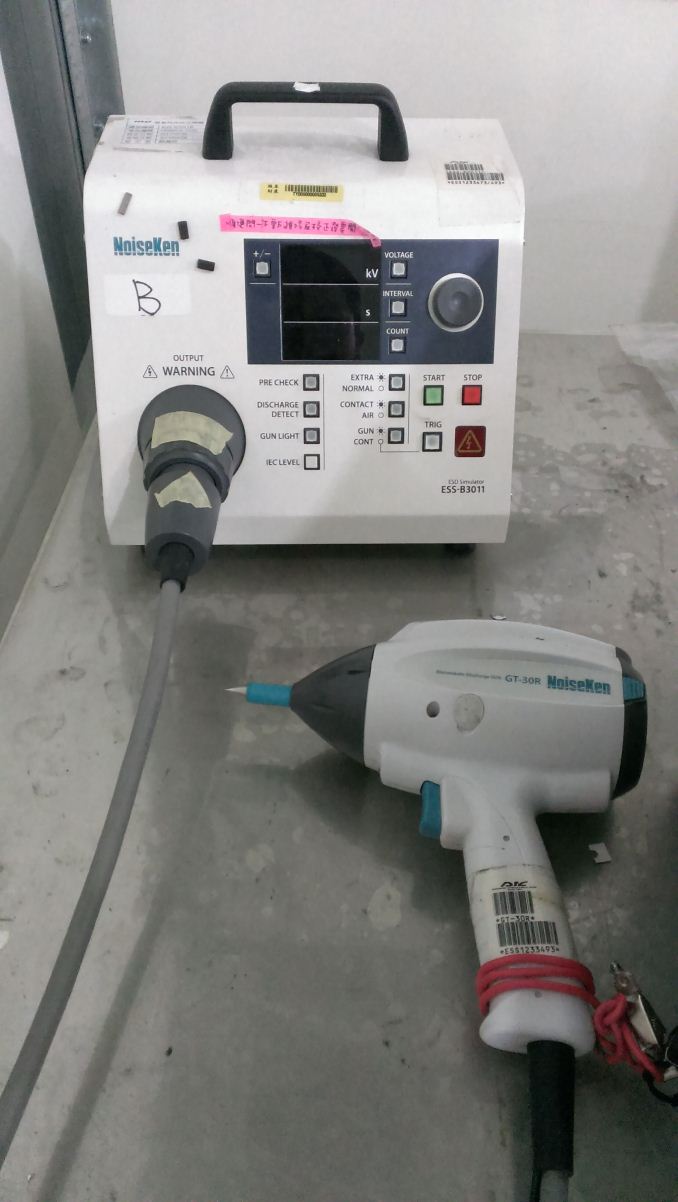














23 Comments
View All Comments
BMNify - Tuesday, July 7, 2015 - link
Nice tour, MSI has stepped up in the gaming laptops arena and has developed a following and niche for itself in the gaming laptop forums. Intel has killed off CPU upgrades with BGA-only CPU's but hope they still keep innovating and producing products like GT80.ahtoh - Tuesday, July 7, 2015 - link
I bought MSI motherboard recently (MSI Z97M-G43). The fan headers were not able to start the fans even when set to full speed in BIOS. I had to rewire it to the PSU directly. Will never buy MSI again.vailr - Tuesday, July 7, 2015 - link
One of MSI's new Broadwell laptop models seems like a good choice, at this point in time.However: that would be assuming that you can get one configured with only a single 980m video card, and only a single boot SSD + one spinning drive for data; 3k IPS display & weight of 5 lbs. or less. Why don't they allow "build your own" options like Lenovo or Dell offer?
Jeffrey Bosboom - Tuesday, July 7, 2015 - link
I like the fabric-covered netbook. Netbooks themselves are mostly dead now, but given that tablets are designed to be held in hand for long periods of time, fabric seems like an obvious choice. Thermals might be a problem, though.smitty123 - Tuesday, July 7, 2015 - link
i just wish they'd come up with a silent fan design. its 2015, let's get quiet msi.keeepcool - Tuesday, July 7, 2015 - link
How about full on crazyness?Desktop CPU like some Clevo(Sagger/XMG/Xoptic) use and a 980TI, no spinning disks, some battery, removable keyboard with latches so it stays fixed, in 18" size, sort of like the GT80 but using the space used by HDD's and the ODD to throw in a watercooled loop, it seems to be pratical even in a dual GPU context, remove the second GPU, thrown in radiator, having a lower keyboard allows space for a bottom to top air flow circuit, for "mobile" use lock the GPU in the lowest possible P-State.
Hey MSI, I can help designing the pcb's.
Rvenger - Tuesday, July 7, 2015 - link
I like how one of the test beds have a PowerColor graphics card on it. Yellow QC sticker and fan logo gave it away.Etern205 - Wednesday, July 8, 2015 - link
The picture with the 3 test bench. Is that a USB port on the 3rd graphic card?royalcrown - Wednesday, July 8, 2015 - link
Ian, if the VGA port is an indication of the age of the fabric covered notebook, what does that mean for Gigabyte's P35 series ? People on here say that crusty old port is for business use, but I think businesses ought to just get HDMI already so that VGA can DIE off. Ruins an otherwise nice aesthetic and I bet the majority of business users don't even use it.Ian Cutress - Wednesday, July 8, 2015 - link
The problem is presentations. Many (think thousands, or 10000s worldwide or more) have VGA only projectors for meeting rooms. Hence the need for VGA still. Businesses (or universities) won't upgrade those for 10-20 years unless they have to. There are solutions, but they all cost money, time, and organization.